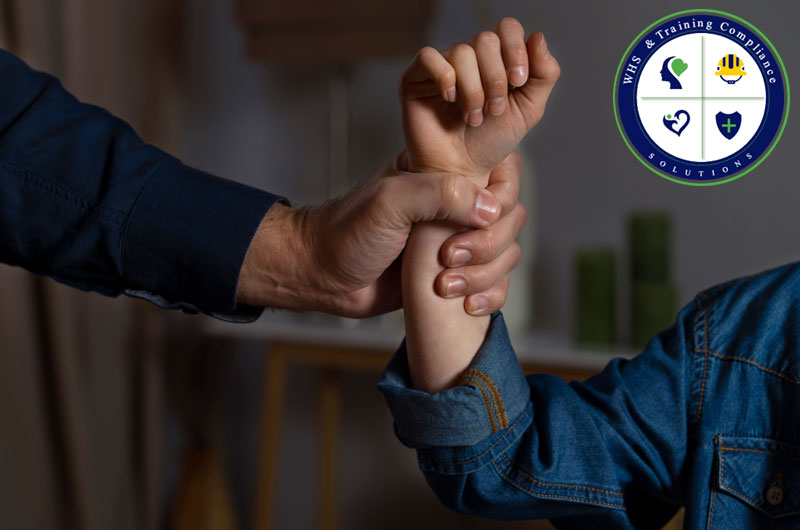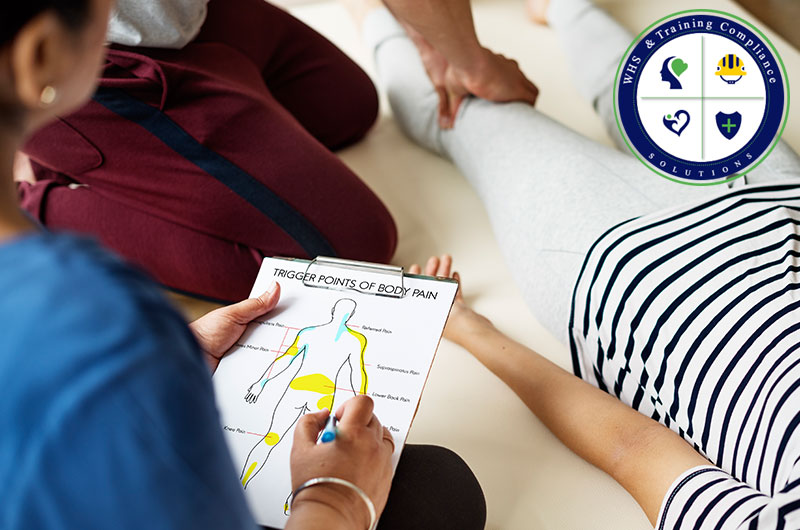Work should never feel like something you must do to survive. But for many people, that’s exactly what it becomes. When bullying or harassment happens in the workplace, it doesn’t just stay in the office, but it follows people home. It eats away at self-worth and mental health and creates a culture of fear.
Their productivity drops significantly and confidence gets crushed. Some stop showing up while others stop speaking up. Your company may have already rolled out workplace bullying and harassment training Australia or you are still trying to figure out where to start. What matters the most is that you can take clear, small steps that protect you and others.
Know What Counts as Bullying or Harassment
You can’t report what you haven’t recognised. Start here.
- Repeated teasing or mocking that’s meant to humiliate
- Verbal abuse, yelling, or threats, even if said jokingly
- Exclusion from meetings, tasks, or team activities without reason
- Spreading lies or gossip about you
- Making jokes about your race, gender, age, or background
- Unwanted physical contact or standing too close on purpose
If someone makes you feel unsafe, anxious, or ashamed at work, especially if they do it more than once that is not just a “bad day.” That becomes a pattern. Some WHS training programs now use real scenarios that reflect this more clearly because so many cases go unnoticed for too long.
Write Down What Happened and When
Memories of any workplace harassment fade with time. But when you start writing them down, it can serve as solid evidence. Documenting the details of harassment and bullying can help, should you need to file a case against the harasser.
This might feel tedious or even pointless at first, especially if you doubt anything will change. But keeping a private, consistent record helps turn emotion into facts. And facts are harder to ignore.
- Record the date, time, and what was said or done
- Include who else was present
- Describe how it made you feel even briefly
- Save any emails, screenshots, or messages that support your notes
If your workplace bullying and harassment training didn’t show you how to document well, do this your way. A locked note on your phone. A private folder on your desktop. Even a handwritten log.
Talk to Someone You Trust at Work
You don’t have to handle this alone.
- Pick someone who won’t dismiss what you say or try to justify it
- Never worry about sounding too emotional or too serious, just say it how you need to
- Start with the facts and share your notes if it helps
- Ask if they have seen this happen to others
Often, you’ll find that you’re not the only one who’s noticed the behaviour. That is common. Bullies rarely target one person forever, they move from target to target. If someone else opens up too, you’ll feel less isolated.
Even if nothing changes yet, saying the words out loud helps shift the power away from the bully.
Go Through the Official Reporting Process
This is where structure matters.
- Look up your company’s policy. It is probably in the HR manual or employee portal
- Follow the steps carefully, and submit your report to the listed contact
- Keep your tone factual and avoid blaming language
- Focus on actions and patterns, not personalities
You’re not starting drama. You’re following policy. Most companies, especially those who take WHS training seriously, have systems in place for a reason. And yes, it might feel slow or awkward at first. That’s okay. That is why reporting matters even if the outcome takes time.
If your workplace has already invested in workplace bullying and harassment training Australia-wide, you may even find the person handling your case has received guidance on how to respond better than they used to.
Know When to Get Outside Support
Internal systems don’t always work. You still have options. If your complaint gets ignored or if the person responsible is in a position of power, you may need to get help outside the company.
- Reach out to Fair Work or a relevant government body
- Talk to a legal professional or workplace rights advocate
- Get counselling from someone trained in workplace trauma
- Lean on friends and family for emotional backup
Support doesn’t mean fixing everything overnight. It means not carrying it all yourself. WHS training helps lay the groundwork, but sometimes it takes external pressure to create actual change.
Support Others Who Are Going Through It Too
Once you’ve been through it, you’ll spot it more easily in others. You don’t need to fix things for someone else. You need not stay silent.
- Believe them if they say something feels off
- Ask if they’ve written anything down
- Encourage them to speak to HR, but don’t force it
- Stay near them when the person they fear is around
Sometimes the best kind of support is quiet but consistent. A simple acknowledgement can be a lifeline. And if your team has gone through WHS training together, you might already have a shared language for calling this out early before it spreads.
Take Care of Yourself Without Guilt
This part gets left out a lot but it matters. When you’ve been bullied or harassed at work, it does something to your nervous system. Your sleep can suffer. You start second-guessing simple tasks. Even weekend plans feel heavy.
- Take time off if you can
- Switch desks or departments if that helps
- Say no to extra responsibilities while you recover
- See a doctor or mental health worker if stress builds up
You are not weak for needing rest. You’re a human under pressure. A system that values safety, the kind promoted through WHS training, makes space for recovery. You deserve that space.
You shouldn’t have to fight just to feel safe at work. But if you are, know this, there are steps you can take that don’t require shouting or quitting. Small actions add up. Whether your company has done workplace bullying and harassment training Australia or not, your safety still matters. Speak up, document, get support and know that you’re not alone in this.













